What a week! We started off with a grey, drizzly, somewhat cold Monday and on Saturday, our last workday of the week, it was in the mid-90s at the hottest point of the day. And we had some beautiful, temperate spring days in between.
When it gets hot, that means it’s time to shear the sheep! This year, our sheep-shearer-in-chief, Rye, set up shop in the walnut orchard instead of moving the sheep across the road to the sheep barn. It was a much more pleasant experience for everyone, shearer and the shear-ees. Though there’s no getting around the fact that it’s long, hard work. It takes even an experienced shearer like Rye a few minutes to shear each sheep (4.5 for a compliant sheep without belly wool, but it can take much longer) and there’s 90 of them to shear (just the ewes, not the lambs), plus extra time to clean and lubricate the clippers, change clipper blades (about ever 10 sheep), round up the sheep, plus time to stand up, stretch, and drink some water. So it’s a process split over two days.
Here’s a time lapse of Rye shearing two sheep (thanks to Becca for video help!):
Each sheep is different, but Rye uses the “New Zealand” pattern, for all of them. This method is supposed to cause the least amount of stress for the sheep and the shearer. The sheep is held between or against the shearer’s legs while they remove the fleece, following the shearing pattern (belly, left hind leg, head, neck, left front shoulder, left back, right shoulder, right back, right hind leg).
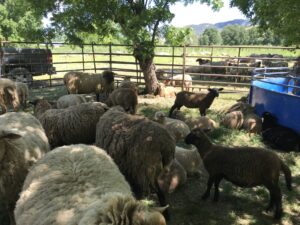
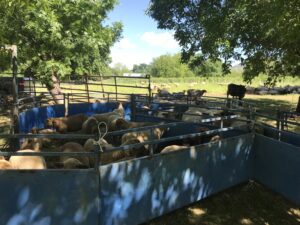
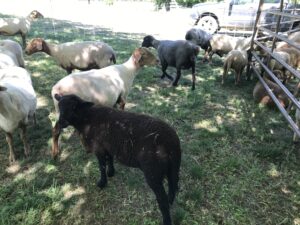
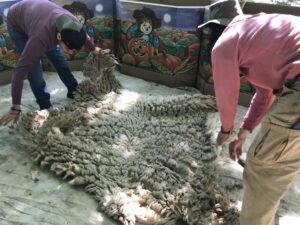
Once removed from the sheep, we send the fleece off to Green Mountain Spinnery in Vermont and it comes back as yarn or roving, both of which are organic! We currently have yarn available in the web store and at our farmers markets. And we have a flock of much cooler, nicely-shorn sheep!
There was also a flurry of activity in the flower fields and in the flower wing of our shop. Mother’s Day week is always a rush; it’s our busiest week of flowers. Like always, the flower team got it done, and even had time to squeeze in some hoeing and transplanting (an all-hands-on-deck effort with the help of Alfonso’s team).
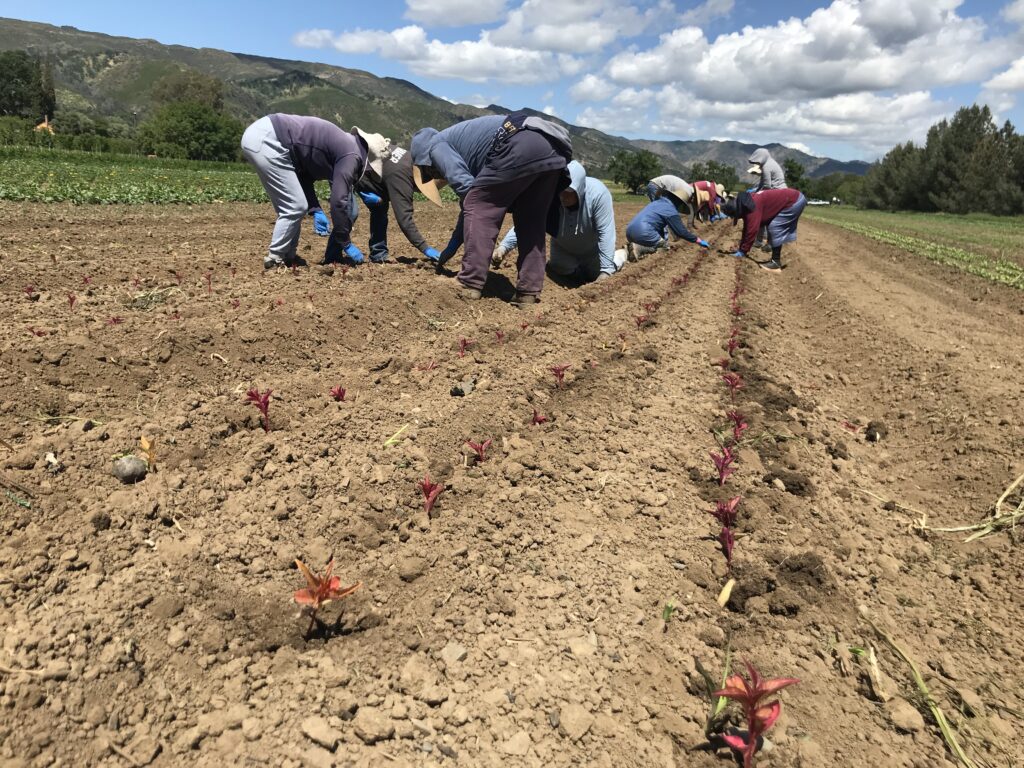
The flower field at the top of the road looks amazing and is now completely full of transplants and direct seeded flowers. This isn’t even everything; the spring field still has a few plants, there are still many, many rows of sunflowers to plant (direct seeded) as well as the flowers that will take us through the end of summer and fall. But this field will take us through August.

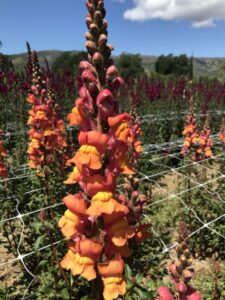

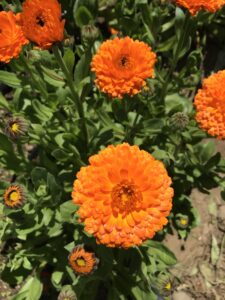
*Are you interested in learning more about our flower growing? If so, Dru and Hannah were just interviewed for the Growing for Market Podcast! It’s a deep dive, but if you want to get in the weeds (pun intended) of our flowers and some farm history, check out the interview here!
– Elaine Swiedler, CSA Manager
